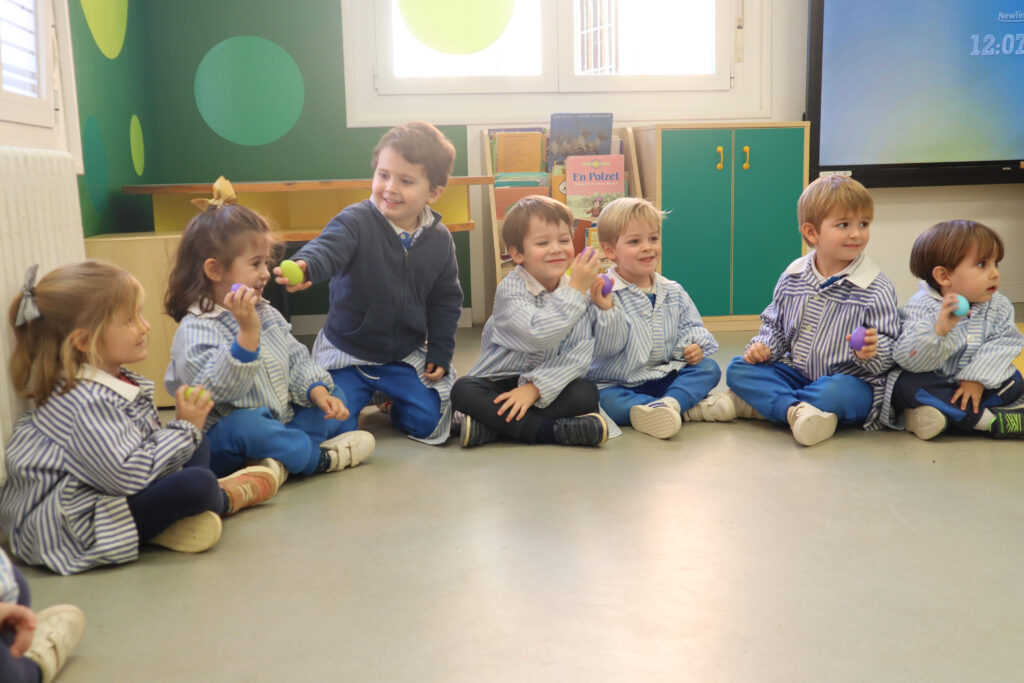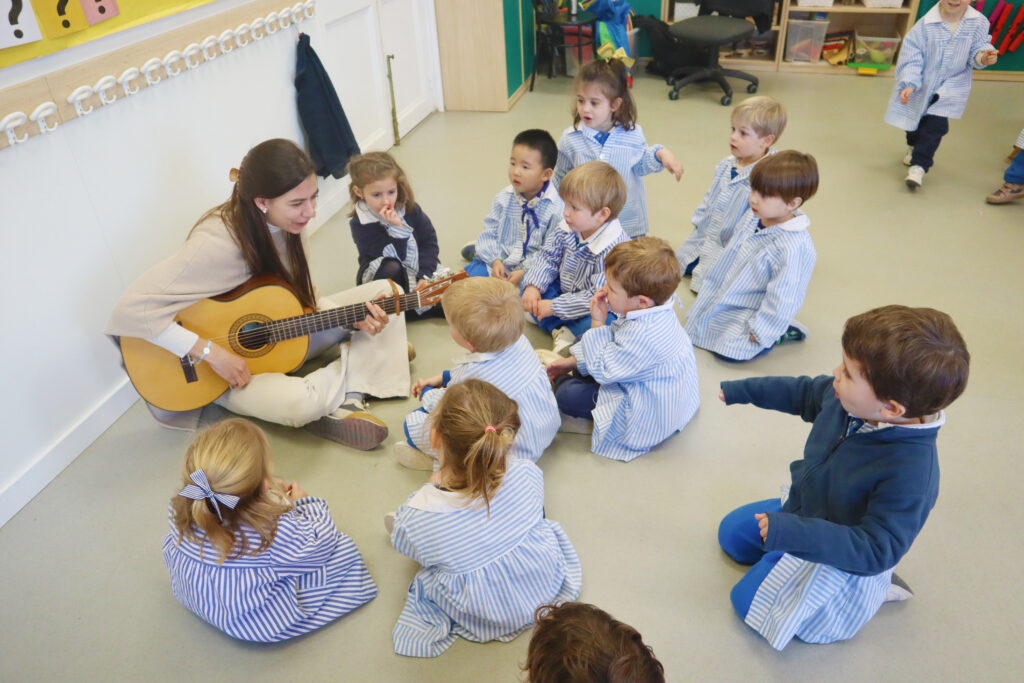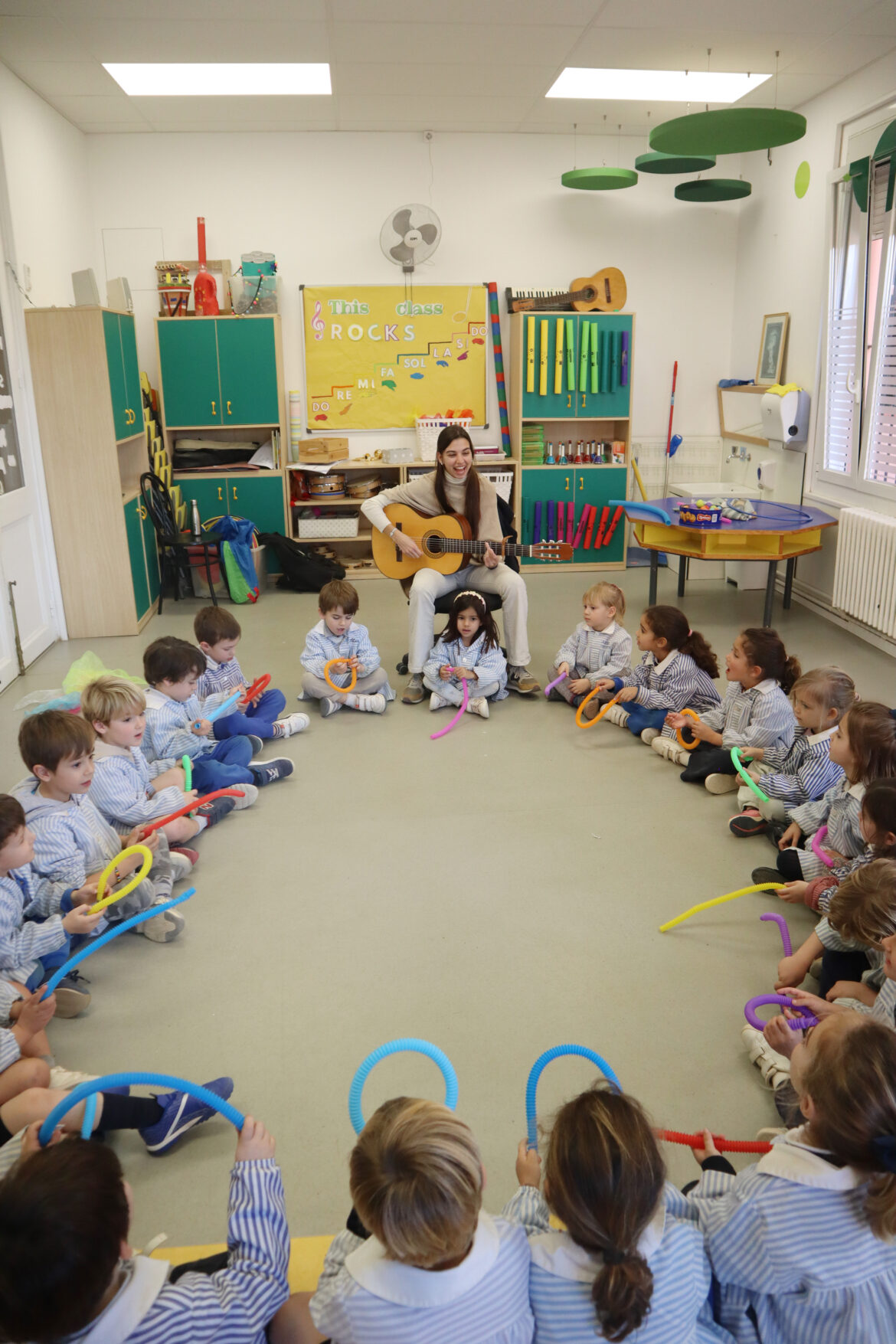Music plays a crucial role in the comprehensive development of young children, and its inclusion in the school environment brings about a series of significant benefits. Beyond being a source of entertainment, music becomes a powerful educational tool that positively impacts various areas of child growth.
1. Stimulation of Cognitive Development: Early exposure to music facilitates the cognitive development of young children. Practicing rhythms and melodies strengthens neural connections, improves memory, and enhances skills such as concentration and attention. Studies show that children exposed to music tend to perform better in academic areas, including mathematics and reading.
2. Development of Language and Communication: Music fosters language and communication development in young children. Singing songs and engaging in musical activities help improve pronunciation, expand vocabulary, and understand language structure in a playful and effective manner. Furthermore, group singing promotes social interaction and teamwork.
3. Stimulus for Creativity: Music awakens creativity in young children by providing them with a unique way to express themselves. Participation in musical activities, such as creating songs or experimenting with instruments, allows children to explore their imagination and develop artistic skills. This early stimulus of creativity can have a positive impact on their ability to solve problems innovatively in the future.
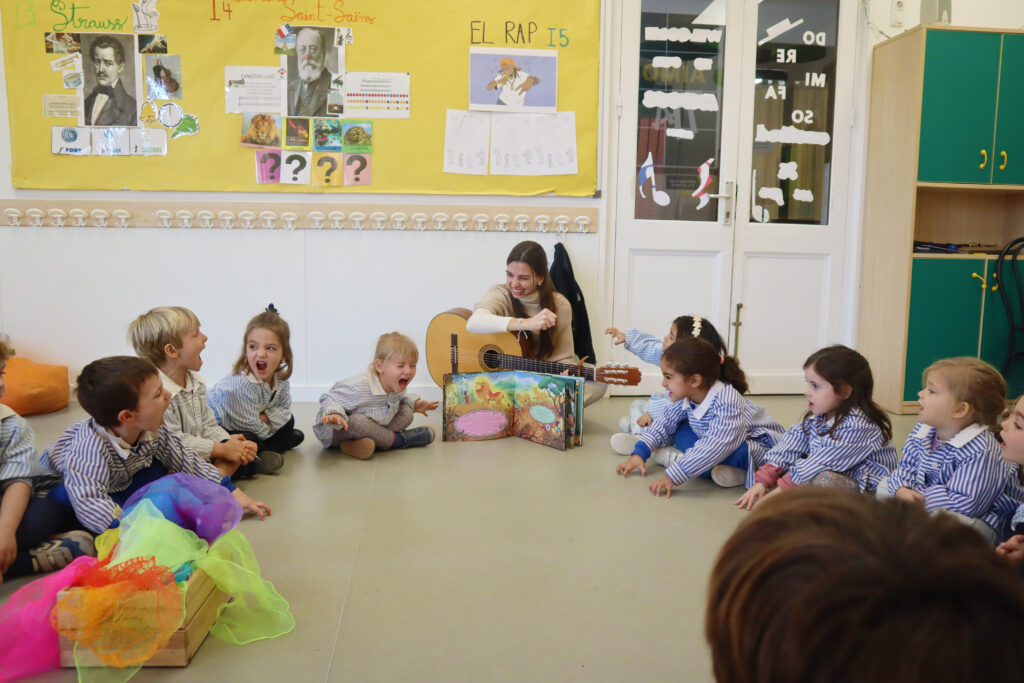
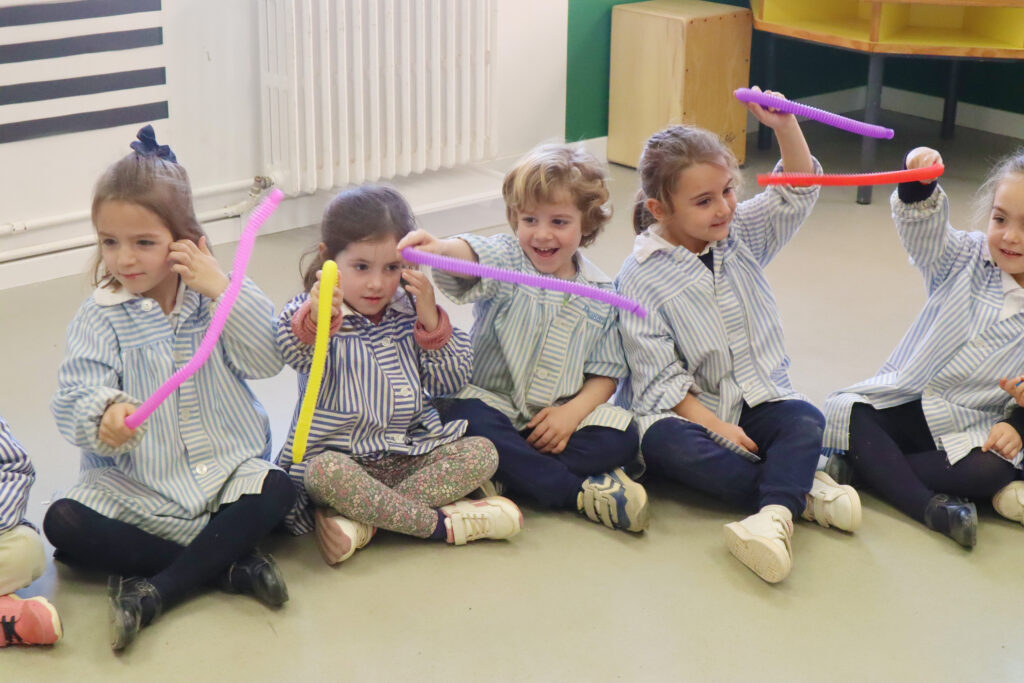
4. Promotion of Emotional Development: Music is a powerful emotional tool. It allows children to express and understand their emotions safely. Engaging in musical activities helps them develop empathy and better understand others’ emotions. Additionally, the musical environment in the classroom can contribute to creating a positive and stimulating atmosphere.
5. Improvement of Motor Skills: Music, especially when combined with movement, contributes to the development of motor skills in young children. Dancing, playing instruments, or participating in musical games involves fine and gross motor coordination, enhancing children’s dexterity and balance in a fun way.
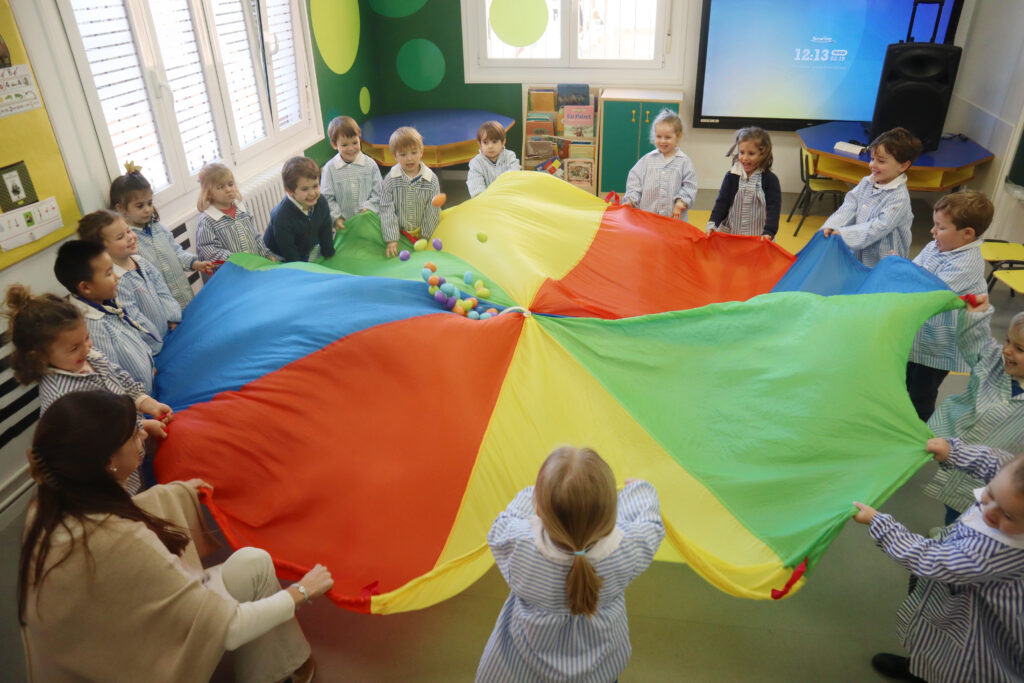
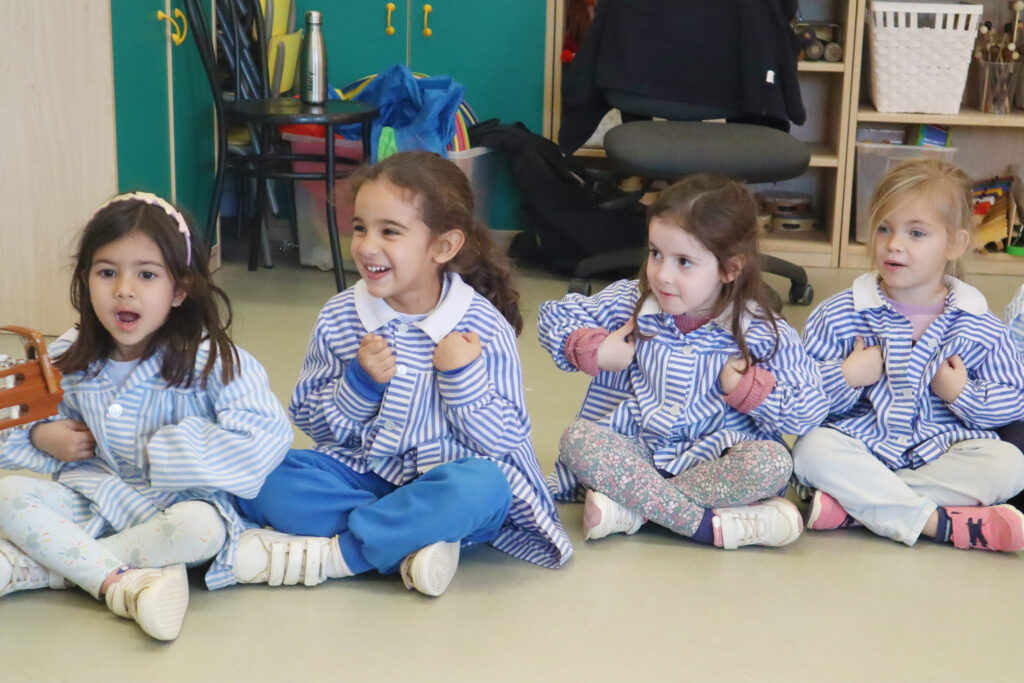
Orff instruments are a category of musical instruments designed for use in music education, especially with young children. Developed by the German musician Carl Orff, these instruments are designed to be accessible and encourage children’s creativity and active participation in music. Here are some instruments we use in school:
1. Xylophones and Metallophones: These melodic instruments are key pieces in the Orff collection. They come in different sizes and are played by striking the keys with mallets. Xylophones have wooden bars, while metallophones have metal bars.
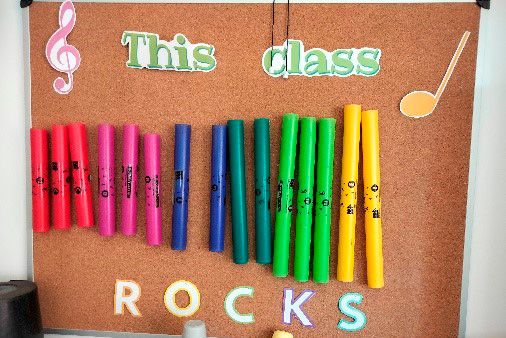
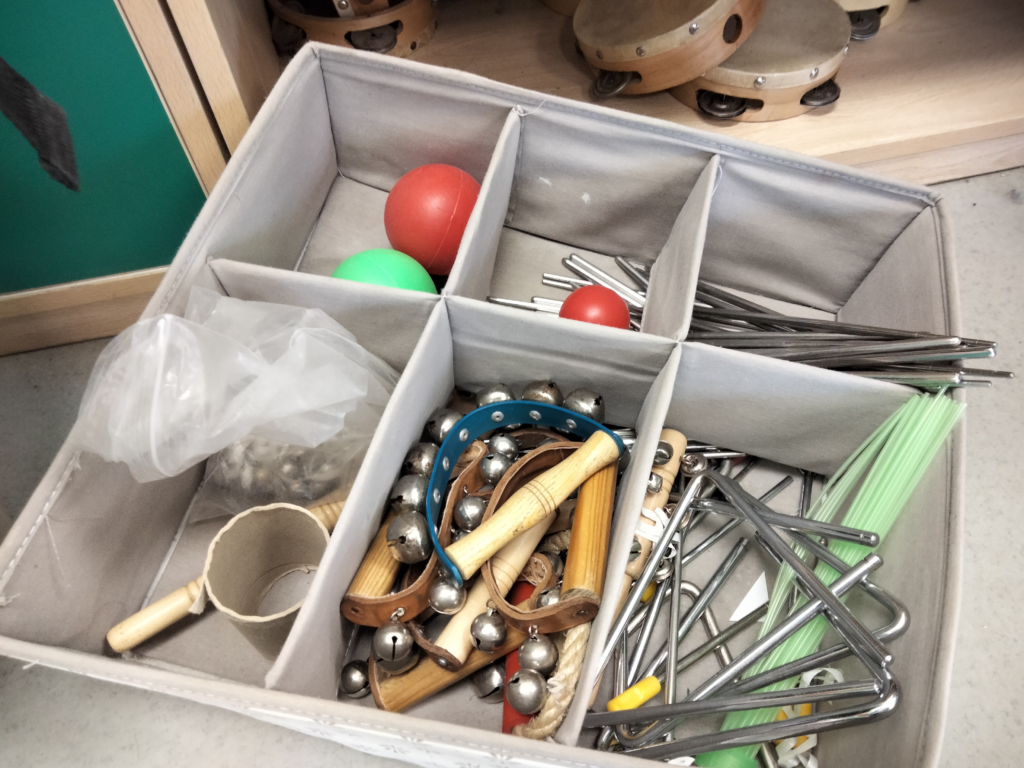
2. Glockenspiels: These instruments are similar to xylophones but have metal bars. They are bright and produce a clear, sharp sound.
3. Lyres: These are bowed string instruments played with a small bow. Although not as common as xylophones and metallophones, they are sometimes included in Orff ensembles.
4. Drums and Tambourines: Used to provide rhythm and percussion in musical activities. Orff drums are usually small and frame-based, while tambourines are hand-held instruments with skin heads and small cymbals.
5. Small percussion instruments: Include items such as rhythm sticks, castanets, triangles, wooden blocks, among others. These instruments are easy to play and suitable for children’s small hands.
6. Handheld instruments: Maracas, bells, hand-held tambourines, and other percussion instruments that children can easily hold and play.
